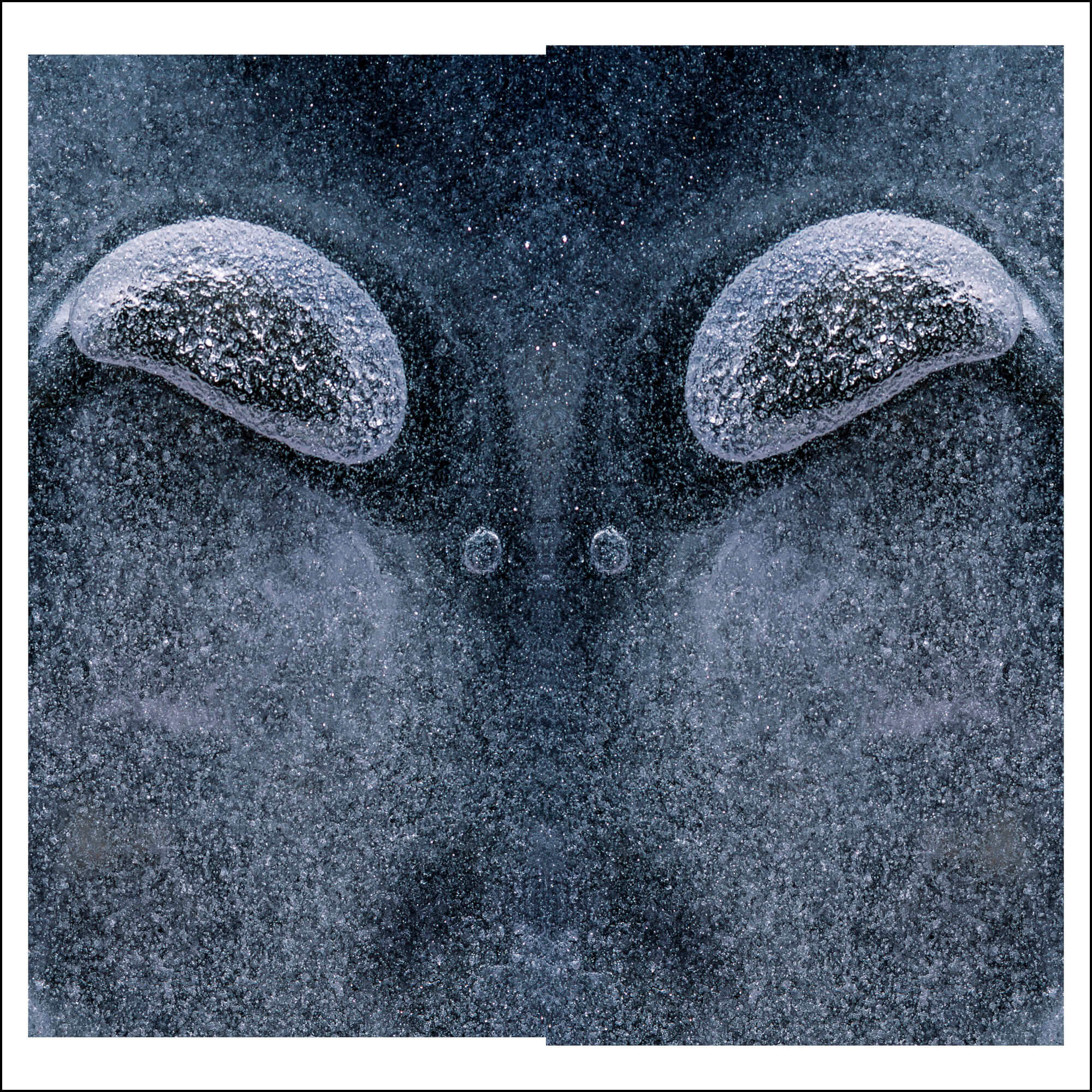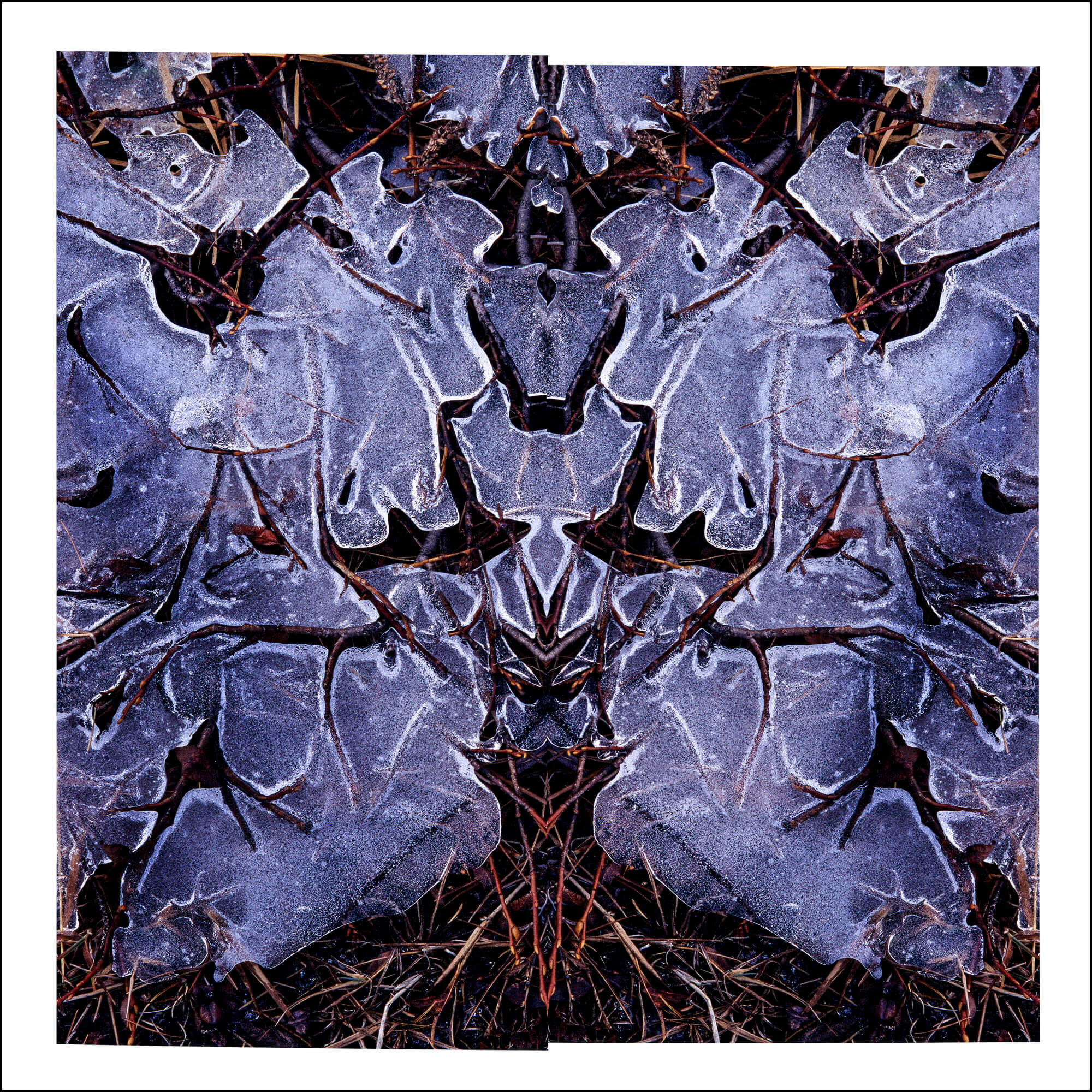I volti della guerra
Dietro ad una guerra c’è sempre la decisione di un uomo, spesso solo, a decidere per molti.
Quell’uomo non è mai stato in prima linea perché chi ha visto il volto della guerra non lo dimentica. Chi è stato in prima linea una guerra non la rifarebbe.
Un volto terribile che ti entra sotto la pelle e poi a suo volere, riappare.
Quando ti guarda negli occhi, le cicatrici sanguinano di nuovo e l’anima si fa piccola per non farsi trovare.
Eugene Richards, un grande fotografo americano documentando la vita quotidiana dei reduci di guerra ha scritto “War is personal”, “La guerra è personale” perché a portarne il peso sono persone e non uno Stato, una regione, una minoranza, un’idea.
Chi la subisce sono persone, spesso più civili che soldati.
Le cicatrici non si cancellano e riaffiorano, l’odio per quanto subito e il desiderio di una rivincita entrano in un cerchio che non si chiude mai, gira come un anello di fuoco nero, terribile, senza una fine.
Ho cercato di immaginarli i volti della guerra, leggendoli nelle cose comuni, nei luoghi dove lei, c’è stata.
Vanno guardati attentamente, immaginando di averle dentro quelle facce, come un respiro che non ti lascia mai, nascosto nei tuoi polmoni, nella tua pancia, nelle tue vene e che ti sussurra con una voce roca e sottile, pronto a riapparire quando meno te lo aspetti.
S.Z.
I volti della guerra
Un progetto di Stefano Zardini con sue fotografie a 101 anni dall’inizio
della Grande Guerra – 1914 -1918.
The faces of war
Behind a war there is always the decision of a man, often alone, to decide for many.
That man has never fought on the front line, because those who have looked war in the face never forget it. Those who have been on the front would never go there again.
For it has a terrible face, one which gets under the skin and reappears at will.
When it looks you in the eyes, your scars bleed again and your soul cowers to hide from its gaze.
On documenting the daily lives of war veterans, a great American photographer Eugene Richards wrote "War is personal” because people are the ones who bear its weight, not a state, region, minority or an idea.
Those who suffer are people, often civilians more than soldiers.
The scars do not disappear but re-emerge. The hatred for the suffering and the will for revenge enter a never-closing circle that turns like a ring of black fire; terrible and never ending.
I tried to imagine the faces of the war, reading them in commonplace things, in the locations where war had taken place. While looking at them attentively, imagine those faces inside you, like a breath that never leaves you, hidden in your lungs, your belly, and veins, and whispering in a thin, hoarse voice, ready to appear again when you least expect.
S.Z.
The faces of war
A project by Stefano Zardini with his photographs, 101 years after the outbreak of the Great War, 1914 -1918.
Ambiente.













